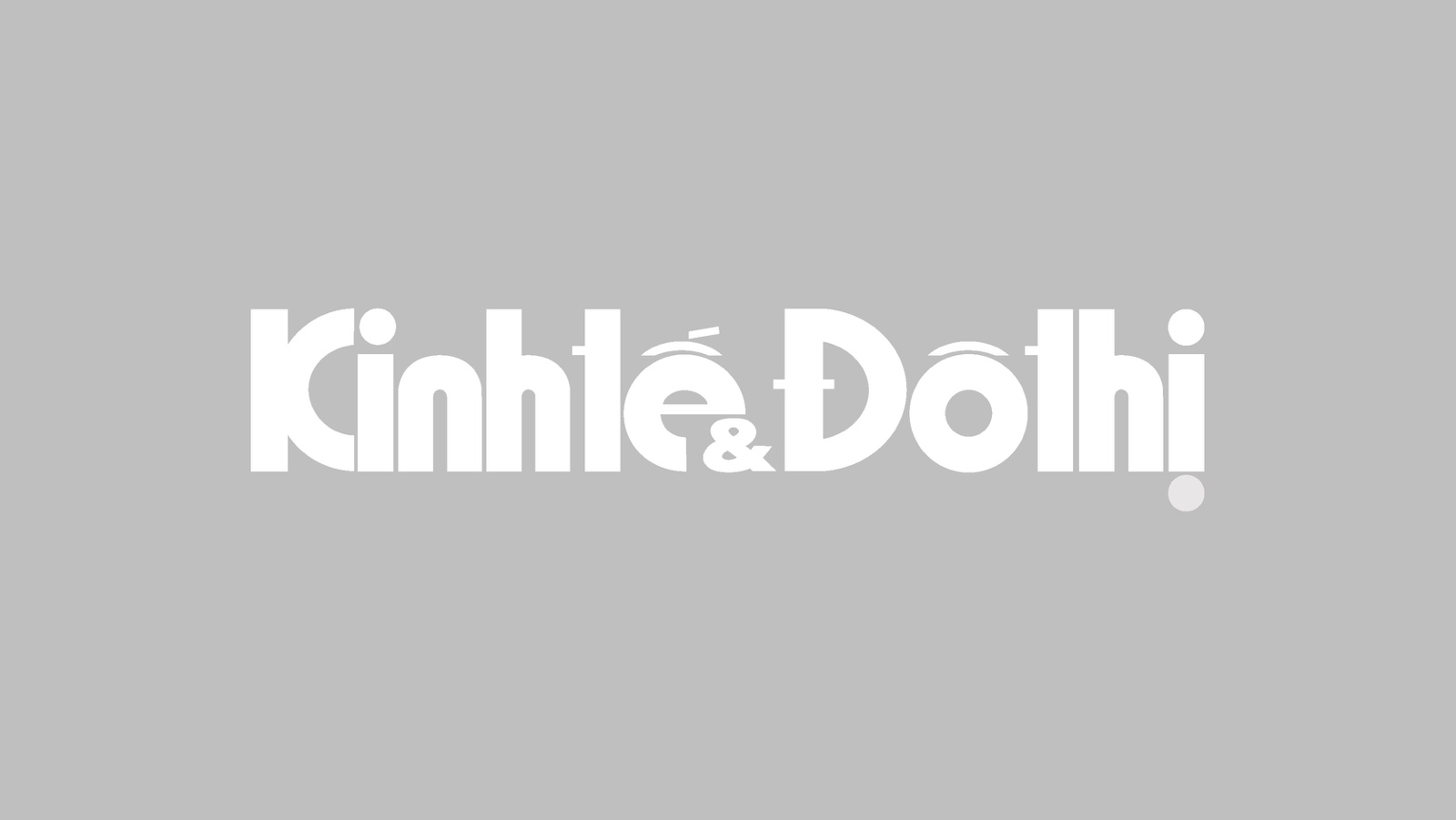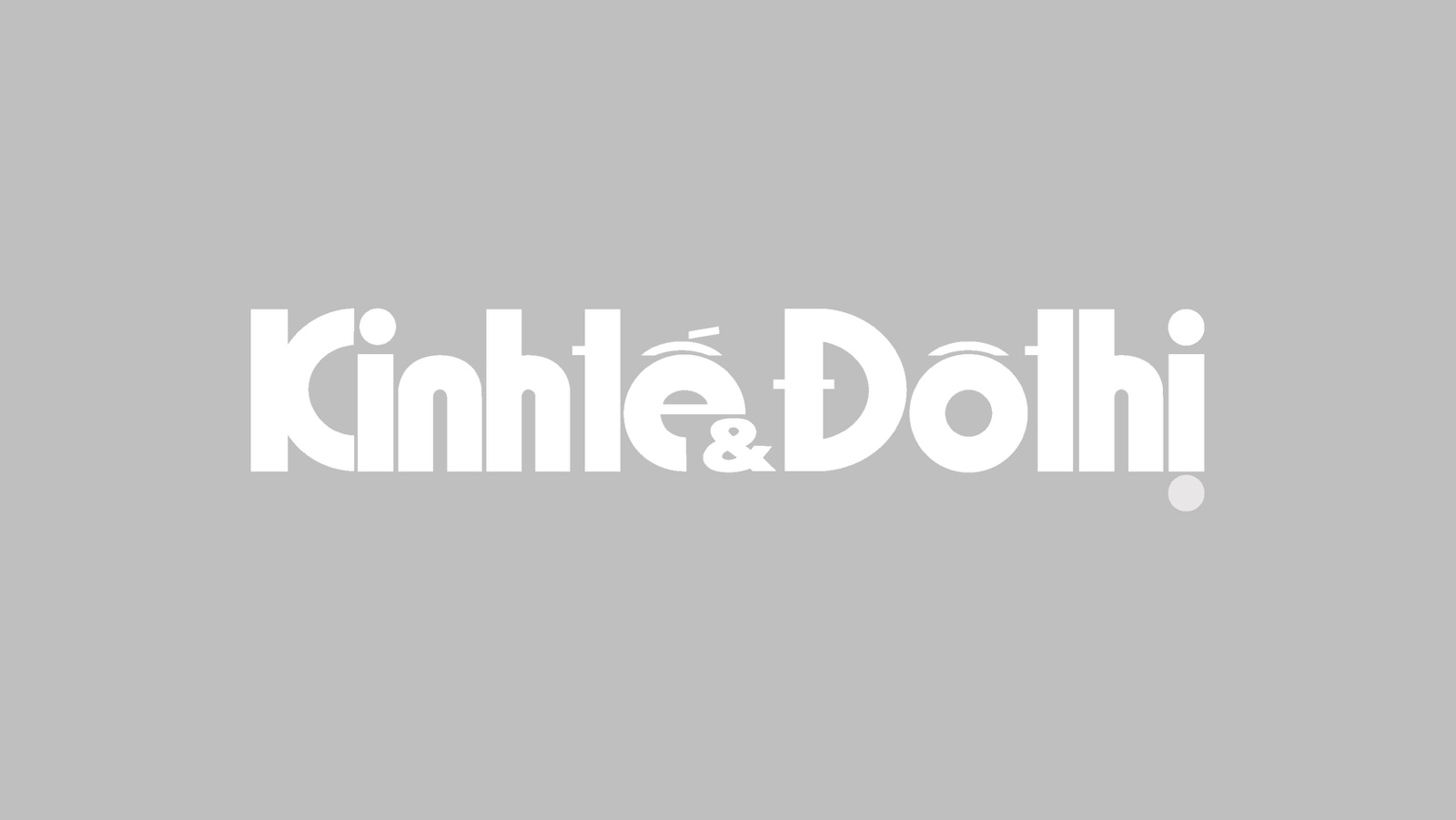nCoV: Vietnam capable of producing sufficient medical masks
Prices of masks have been driven up by hoarding and citizens’ spookiness.
Companies in Vietnam are capable of producing sufficient medical face masks for domestic consumption as locals are rushing to buy the masks on fear of getting infected with the nCoV, a health official has been quoted by local media as saying.
| Students in Hanoi are asked to wear a mask at school. Photo: Zing |
Vietnam has more than 30 mask producers, but they are facing a shortage of laborers who have yet to return to work after the Lunar New Year holiday, Nguyen Tu Hieu, deputy head of the Medical Equipment Department under the Ministry of Health, said at a press conference just concluded.
Prices of medical masks and hand sanitizers have jumped in recent days, especially in major cities like Hanoi, as locals seek after the products to prevent nCoV infection.
Hieu said prices of masks have been driven up by hoarding and citizens’ spookiness.
He added that the ministry has asked producers not to raise prices or sell to hoarders or export to other countries. He also called on producers not to take advantage of the epidemic to make a profit.
The official denied the rumors saying that Vietnam was selling medical equipment to China to help deal with the coronavirus.
The Market Surveillance Authority has sent a dispatch asking provincial forces to handle hoarding of medical masks, hand sanitizers and medical gloves.
| Medical mask has been one of the most sought-after products in Vietnam. Photo: Zing |
The Hanoi government has said it will store up to 20 million medical masks to deliver to local citizens for free when the epidemic spreads in the city.
At the press conference, Tran Dac Phu, former head of the ministry’s Preventive Health Department, suggested people wear a mask when being at or traveling in crowded places like public means of transport or hospitals.
It’s not necessary to were a sophisticated mask such as N95 in daily activities, an ordinary medical mask is enough to prevent nCoV infection at public places, Phu said.













